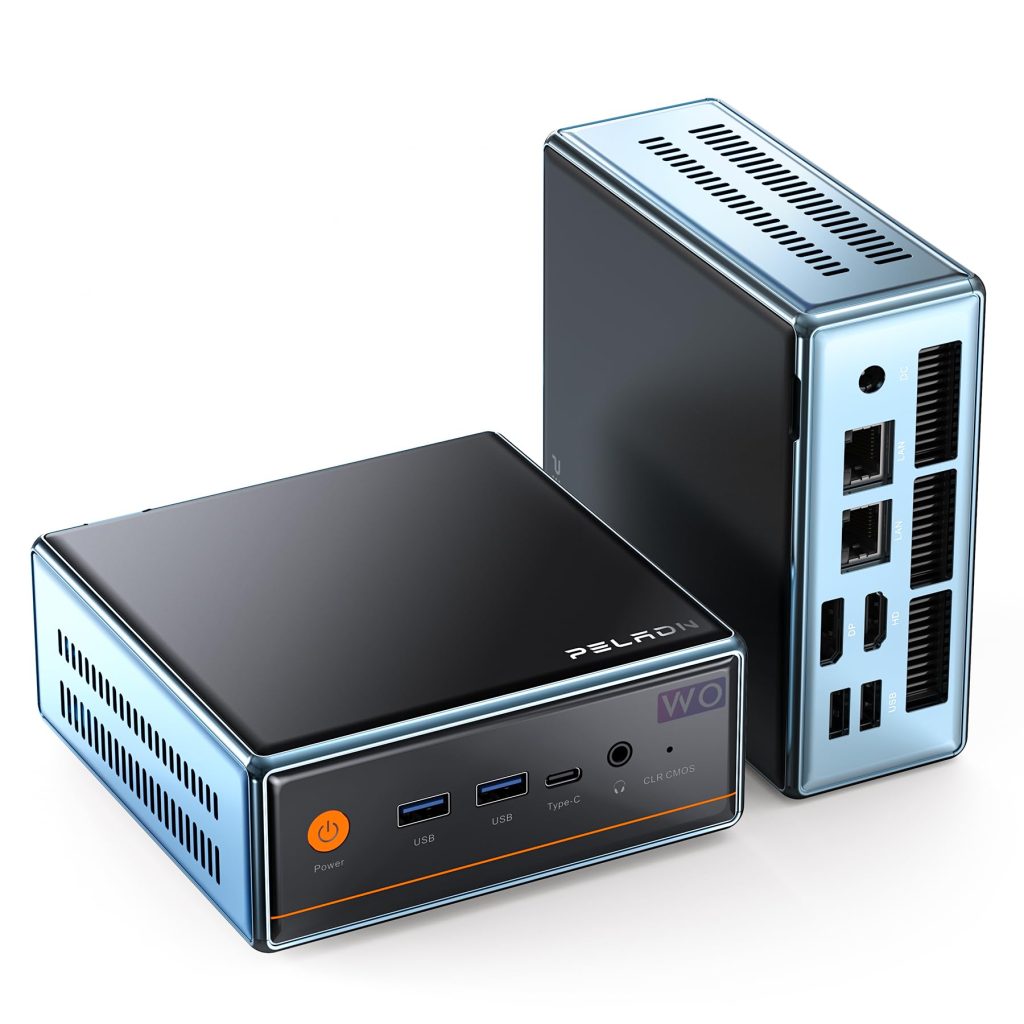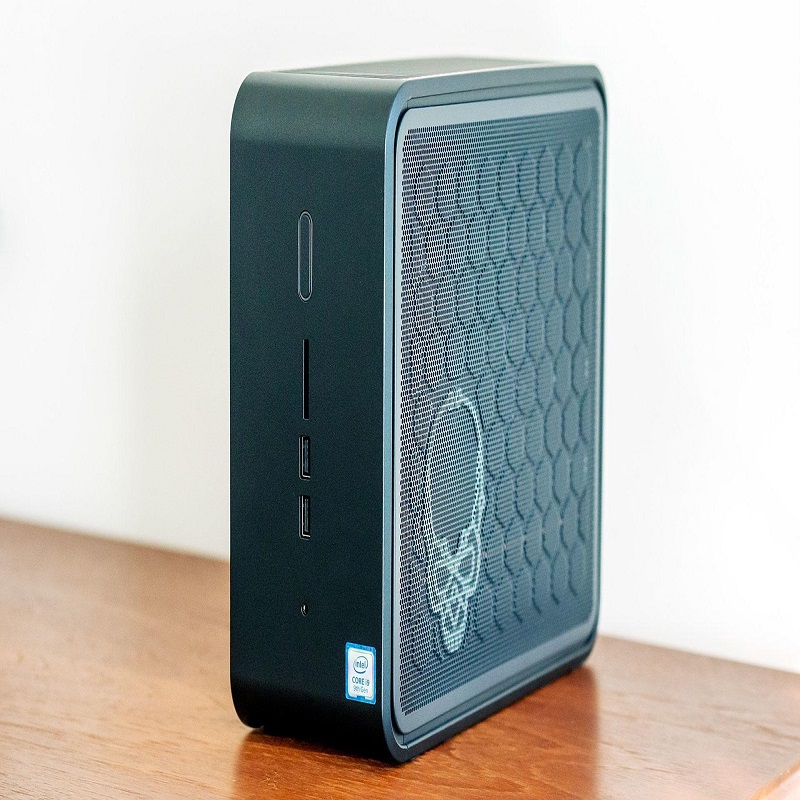Best mini pc with dedicated graphics card have made significant strides, becoming more powerful and capable of handling demanding tasks that were once the domain of bulkier desktop computers. One of the critical components that are defining this evolution is the presence of dedicated graphics cards. The compact systems listed in this article are some of the best mini PCs with dedicated graphics cards for 2023, catering to gamers, professionals, and everyone in between who is looking for space-saving yet powerful computing solutions.
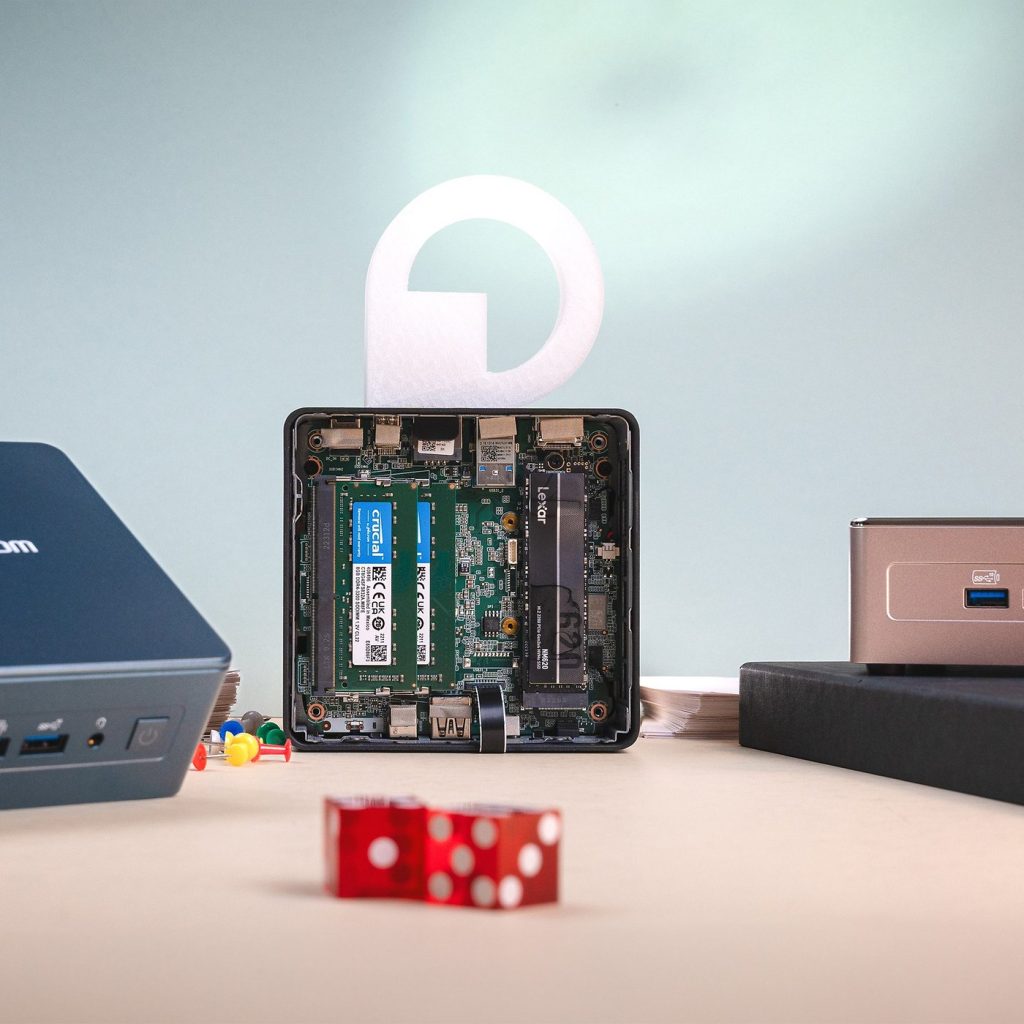
Understanding Mini PC Capabilities
Graphic Needs vs. Size Constraints
While mini pc with dedicated gpu are known for their small footprint, they now pack enough power to satisfy the graphic needs of most users. A dedicated graphics card in a mini PC means you can enjoy gaming, video editing, and 3D rendering without requiring a full-sized rig. However, balancing powerful graphics with size constraints means there’s a need to carefully select components that offer the best performance within a smaller form factor.
Performance and Portability Trade-offs
Users who opt for mini PCs with dedicated graphics typically look for a machine that offers a balance between performance and portability. Mini PCs can be easily transported for gaming sessions or presentations, making them a versatile choice. Nonetheless, one must recognize that top-tier graphic cards demand more space for cooling, thus affecting portability.
High-End Options for Gamers and Professionals
For Gamers: Alienware Aurora Ryzen Edition R10
The Alienware Aurora Ryzen Edition R10 shows that you can have a compact unit with formidable gaming power. With up to AMD Ryzen processors and NVIDIA RTX graphics cards, this mini PC is a gamer’s delight. It combines aesthetics with performance, featuring Alienware’s signature design with customizable LED lighting and efficient cooling.
For Professionals: Asus Mini PC ProArt PA90
The Asus Mini PC ProArt PA90 is designed for creative professionals who need high-end graphics performance for tasks like video editing and 3D design. It features NVIDIA Quadro graphics, Intel Core processors, and a unique liquid-cooling system to keep the powerful hardware running smoothly under load. Its cylindrical design is not just functional for cooling, but also stylish for any workspace.
Mid-Range Choices
Balanced Performance: HP Pavilion Gaming Desktop
HP provides an excellent mid-range option with the HP Pavilion Gaming Desktop. Available with NVIDIA GTX or AMD RX series Graphics Card in a PC, these mini PCs offer a good balance between cost and performance. They can handle most modern games at reasonable settings along with everyday computing tasks.
Compact and Affordable: MSI Cubi 5 10M
The MSI Cubi 5 10M provides a smaller form factor at a more affordable price point, ideal for casual gaming and media consumption. Coupled with the NVIDIA GeForce GTX graphics options, it’s capable of supporting photo and video editing software while maintaining a discrete presence in living spaces or small home offices.
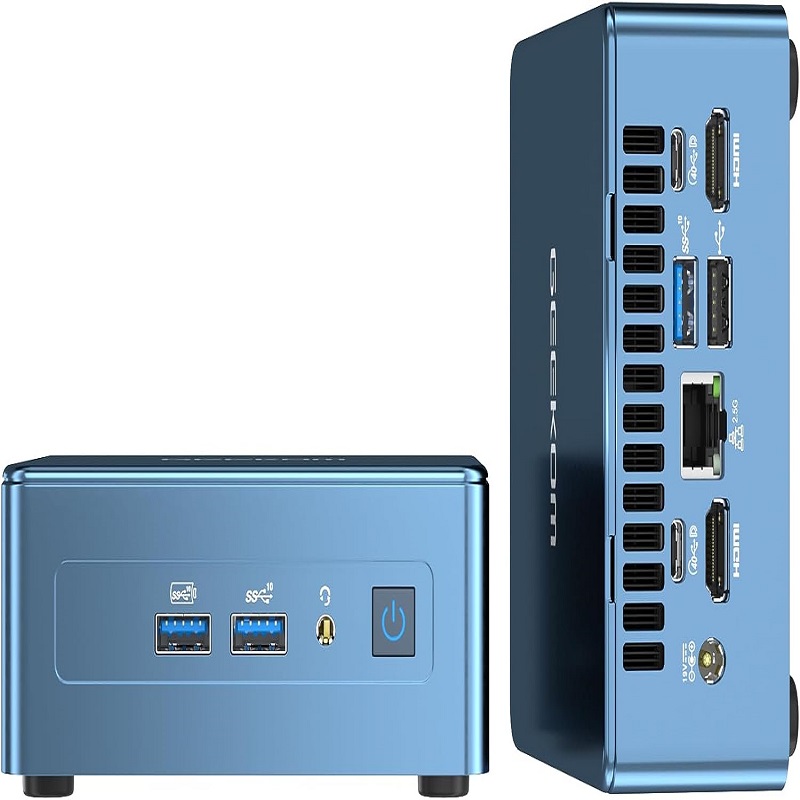
Entry-Level Mini PCs
Budget-Friendly Gaming: Intel NUC 11 Enthusiast
For wallet-conscious gamers, the Intel NUC 11 Enthusiast, also known as the NUC 11 Phantom Canyon, comes equipped with an Intel Core processor and NVIDIA GeForce RTX graphics. It’s an entry-level option that still manages to deliver satisfying gaming experiences. Its compact size fits almost anywhere, making it an excellent choice for gaming on the move or in tight spaces.
Everyday Use: Acer Aspire TC
The Acer Aspire TC series may not be as small as other mini PCs on this list, but it provides a compact solution with dedicated graphics for everyday use. Available with NVIDIA GTX graphics, it can efficiently perform daily tasks and light gaming, offering a great balance for casual users who occasionally need more graphics power.
Design Considerations for Mini PCs
Cooling Solutions
With powerful components packed into a small chassis, adequate cooling is vital. Many of the best mini PCs now feature advanced cooling solutions, such as liquid cooling or specially designed airflow systems. When shopping for a mini PC, consider how it manages heat dissipation, as this affects both performance and longevity.
Expandability and Future Upgrades
Mini PCs with dedicated graphics cards can be future-proof to some extent. Some models offer the ability to upgrade components such as RAM, storage, and even the graphics card. Although more challenging than with a full-sized tower, expandability is a factor that can give a mini PC a longer useful lifespan.
Maximizing Mini PC Performance
Upgradeability and Compatibility
Consumers should seek mini PCs that allow for component upgrades in the future. A system that supports increased RAM, storage expansion, or even swapping out the dedicated graphics card can offer long-term value. Always verify compatibility with your desired upgrades; this ensures that your investment won’t become obsolete as your computing needs evolve. Check the manufacturer’s specifications and user forums for insights into what components work best for upgrade paths.
Embracing SSDs for Faster Load Times
Solid-state drives (SSDs) revolutionize the performance of mini PCs, notably in boot and load times. Choose a mini PC with an SSD or the option to add one. The speed difference is most noticeable when launching applications and performing tasks that require significant data transfer. For gaming and professional software that demand quick read and write speeds, SSDs are essential and well worth the investment in a mini PC environment.
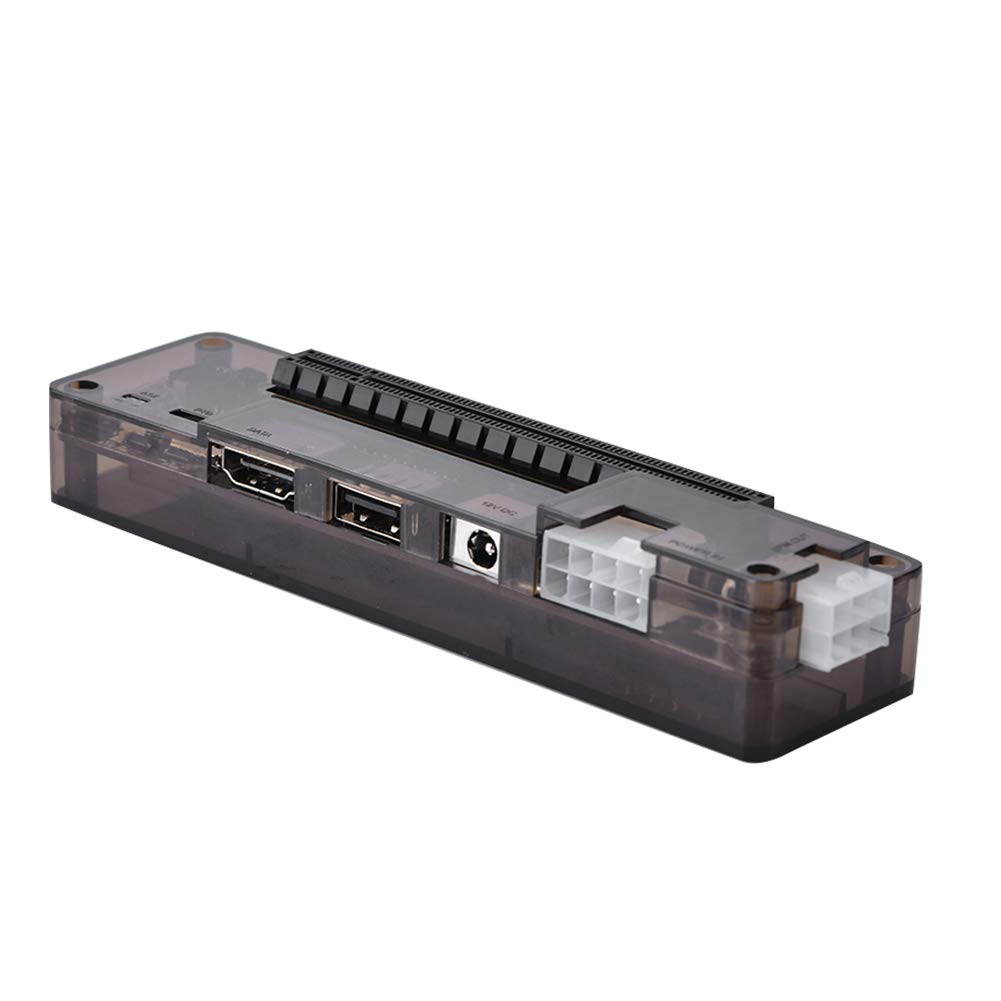
Connecting Your Mini PC
Investing in Quality Peripherals
The mini PC’s diminutive size often means fewer onboard features, like speakers or large numbers of USB ports. Investing in quality peripherals—keyboards, mice, monitors, and audio equipment—can vastly improve the user experience. High-resolution monitors and responsive input devices can leverage the power of the dedicated graphics card, ensuring the mini PC serves both work and entertainment purposes effectively.
How to install a graphics card on a mini computer
Mini PCs have gained popularity due to their compact size and portability. While their small form factor presents certain limitations, installing a graphics card in a mini PC can significantly enhance its visual performance and gaming capabilities.
Considerations for Size and Power Constraints:
Before installing a graphics card, it is crucial to consider the size and power constraints of your mini PC. Mini PCs typically have limited space and power capabilities, so it is important to choose a graphics card that fits within these limitations. Look for low-profile graphics cards or those specifically designed for mini PCs, ensuring they are compatible with your mini PC’s form factor.
Select the Right Graphics Card:
Choose a graphics card that not only fits within the size constraints of your mini PC but also meets your performance requirements. Consider factors such as power consumption, heat generation, and gaming capabilities. Depending on your mini PC’s form factor, you may need to opt for external graphics solutions, such as Thunderbolt or USB-C-based external GPU enclosures.
Prepare the System:
Before physically installing the graphics card, ensure your mini PC is powered off and unplugged from the power source. Consult your mini PC’s user manual to understand its specific requirements and limitations. Review the available expansion slots, power supply capacity, and any BIOS or firmware updates recommended for graphics card installation.
Physically Install the Graphics Card:
Follow these steps to physically install the graphics card in your mini PC:
- Open the mini PC’s case by removing the screws or fasteners that secure the side panel(s).
- Locate the available expansion slot for the graphics card, such as a PCIe slot.
- Carefully insert the graphics card into the expansion slot, applying even pressure until it is firmly seated.
- Secure the graphics card by tightening any screws or fasteners provided with the mini PC.
- Close the mini PC’s case by reattaching the side panel(s) with the previously removed screws or fasteners.
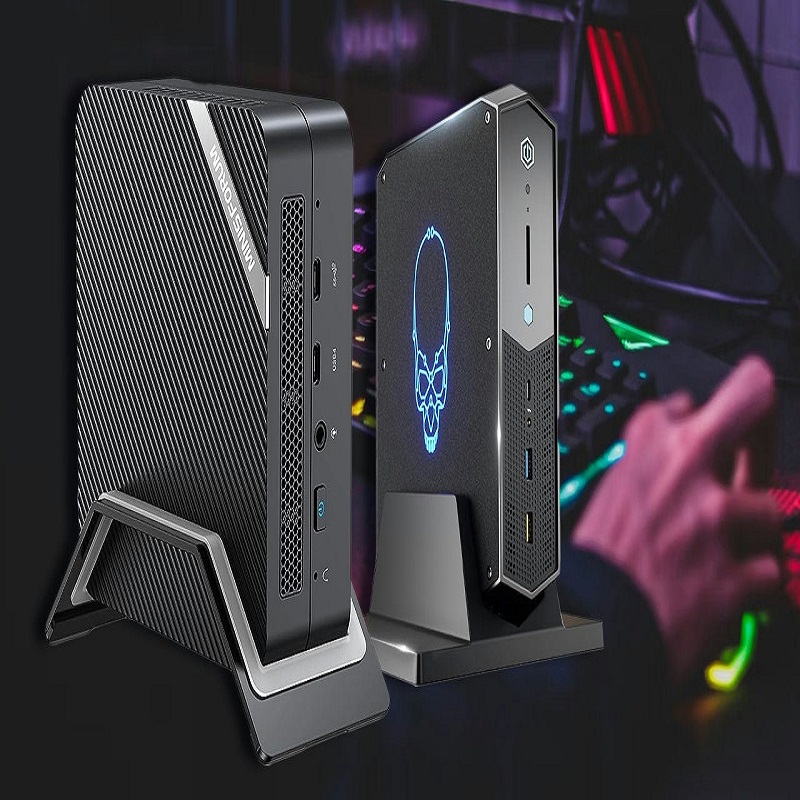
Connect Power Cables:
Ensure the graphics card receives adequate power by connecting the appropriate power cables from the mini PC’s power supply unit (PSU). Check the graphics card’s power requirements and refer to the mini PC’s user manual for the available power connectors. Connect the power cables securely to the graphics card, ensuring a proper and stable power supply.
Configuring the System:
After physically installing the graphics card and connecting the power cables, power on your mini PC. Access the BIOS or UEFI settings to check if the graphics card is recognized and to configure any necessary settings, such as the primary display output. Install the latest drivers specific to your graphics card model to ensure compatibility and optimal performance.
The Pocket Powerhouses of 2023
Best mini pc with dedicated graphics card offer powerful dedicated graphics in a compact package. They are ideal for users seeking to save space without compromising performance. These miniature systems allow gaming, creating, and working with increasing efficiency. They prove that good things come in small packages. As technology advances, mini PCs are expected to challenge traditional desktops in performance and popularity. This marks a new era of personal computing convenience. Whether for designing, playing the latest titles, or enjoying a minimal setup, the current generation of mini PCs is ready to meet the demand.
